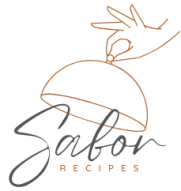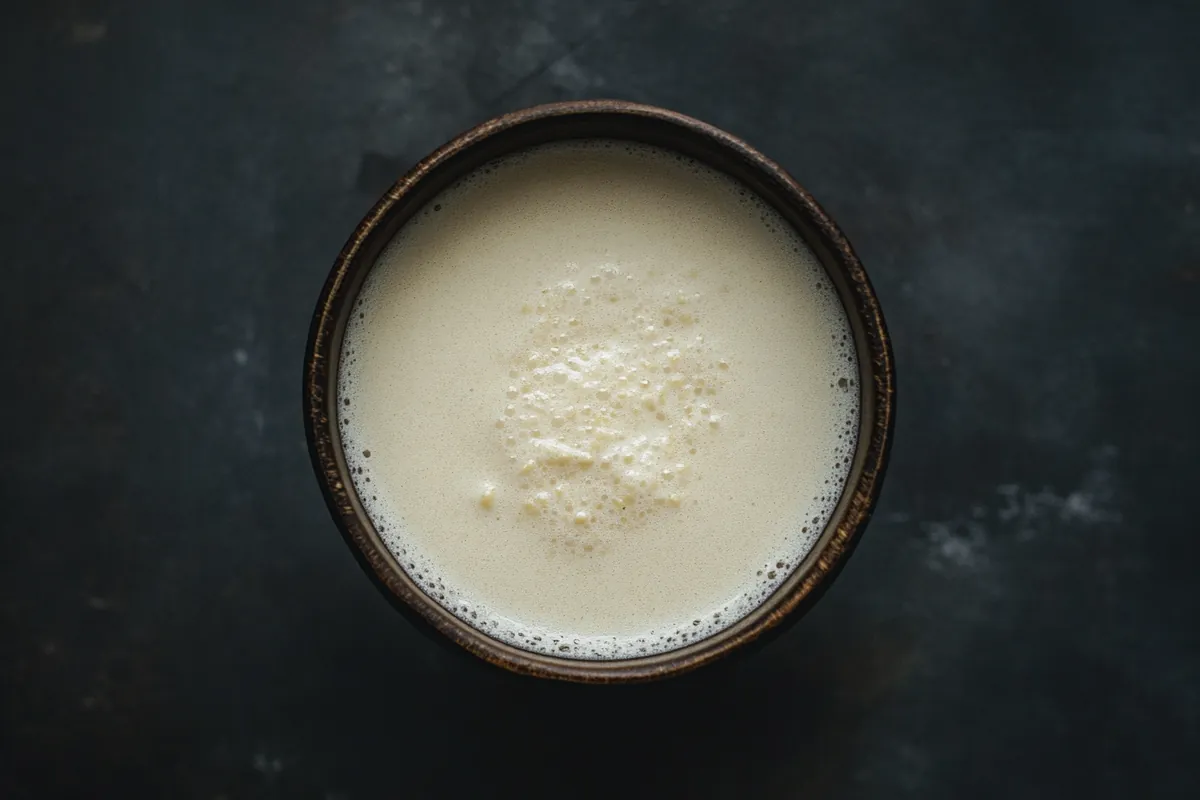This article provides a simple guide on how to make nutritious infant cereal. Learn about different types, preparation methods, and tips for a happy baby. Baby porridge is a common first food, and this guide aims to make the process easier for parents.
Understanding Baby Porridge
Infant cereal, also known as first cereal, is a common first food for infants. It is easy to digest and gentle on their tummies. Cereal is a smooth, creamy mix often made with grains. It provides vital nutrients for your baby’s growth. Furthermore, it’s a great way to introduce new tastes. Therefore, understanding the basics is very helpful.
The Importance of First Foods
Starting solids is a big step. Typically, infant cereal, or first cereal, is one of the first solid foods. This is because it’s soft and easy to swallow. Additionally, it’s a good source of energy. Cereal helps babies learn to eat. It also helps them to develop new skills. Moreover, it introduces them to different textures. Therefore, the transition to solids is smoother.
Choosing the Right Baby Porridge
There are many types of infant cereal, or first cereal. For example, you can use rice, oats, or other grains. Choose one that suits your baby’s age and needs. In addition, look for cereal that is free from added sugar or salt. Consequently, your baby gets a healthy meal. Moreover, selecting a proper cereal is essential.
Preparing Baby Porridge at Home
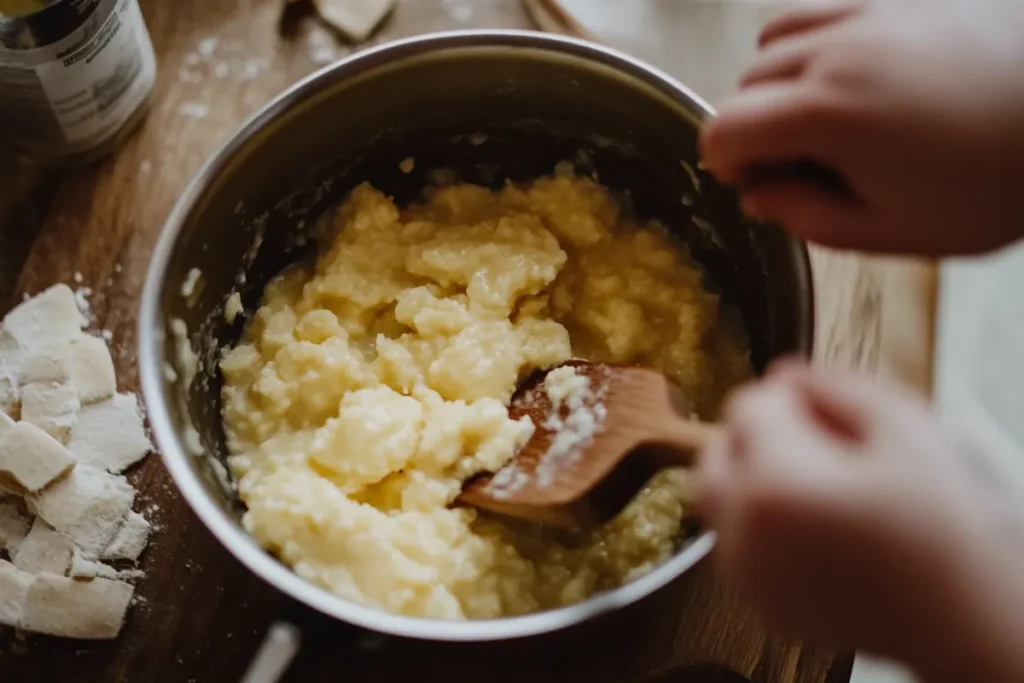
Making infant cereal, or first cereal, at home is easy. It also allows you to control what your baby eats. Consequently, you can be sure it’s fresh and healthy. Furthermore, you avoid any unwanted additives.
Basic Recipe for Baby Porridge
Here’s a simple recipe using rice:
- Ingredients:
- 2 tablespoons of rice cereal
- 1/2 cup of water or breast milk or formula
- Instructions:
- First, mix the rice cereal and liquid in a small pan.
- Then, cook over low heat for 5 minutes, stirring often.
- Afterward, let it cool.
- Finally, make sure the consistency is smooth before serving.
Tips for Success
- Start with a very runny consistency. Afterward, you can thicken it as your baby gets used to it.
- Always test the temperature before feeding your baby.
- Introduce new grains one at a time.
- In addition, watch for any signs of allergies or sensitivities. Moreover, patience is key.
Exploring Different Types of Baby Porridge
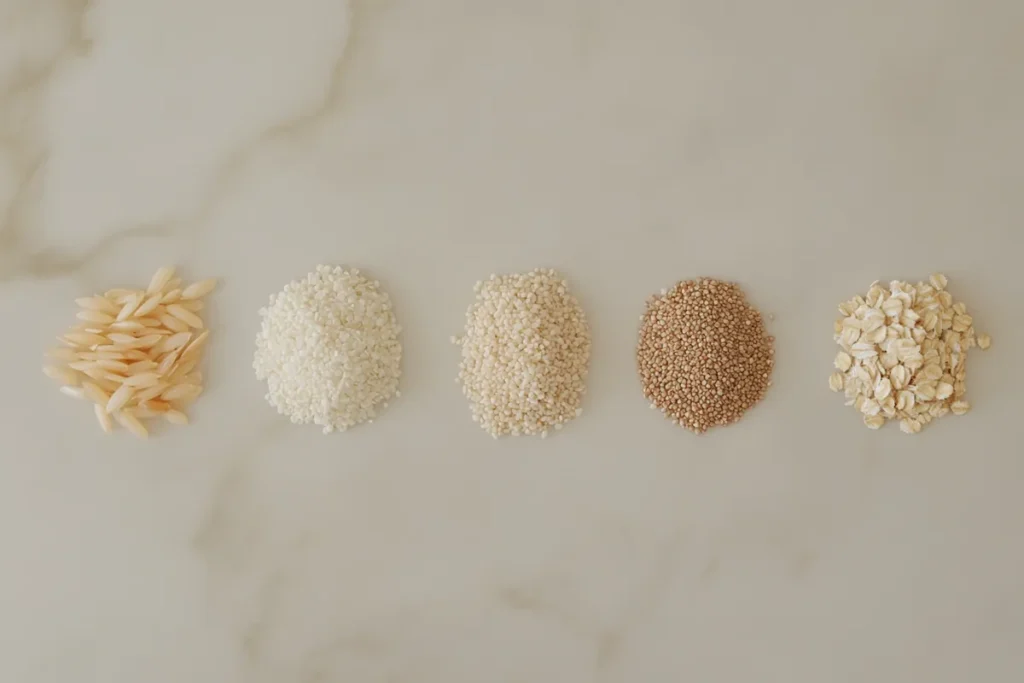
Infant cereal, or first cereal, can be made from different grains. Each offers a unique flavor and set of nutrients. Therefore, you have several cereal options. In addition, variety is beneficial for your baby.
Rice Baby Porridge
Rice cereal is a popular choice for first cereal. It’s gentle on the stomach and rarely causes allergies. Consequently, it’s often the first infant cereal introduced. Moreover, it’s easy to find and easy to prepare. Therefore, many parents choose it.
Oat Baby Porridge
Oats offer good fiber and nutrients in first cereal. They can be a great option after your baby has tried rice cereal. Furthermore, oat cereal has a creamy texture. It’s also a good source of energy. Therefore, it is a great alternative to rice.
Other Grain Options for Baby Porridge
- Barley: Barley provides a slightly different taste for first cereal. Also, it’s a good source of fiber. Therefore, it adds variety.
- Quinoa: Quinoa is rich in nutrients and proteins when used in first cereal. Thus, it is a healthy choice.
- Multigrain: A blend of grains can add even more nutrients to first cereal. Therefore, it is a good option once the baby tolerates single grains.
Adding Flavor to Baby Porridge
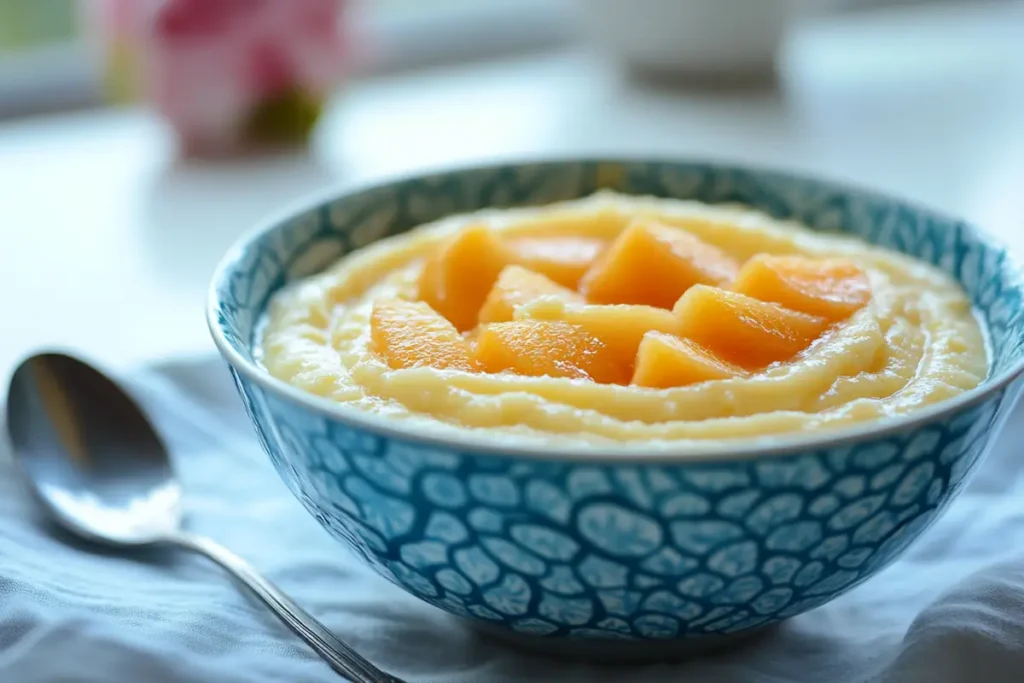
Once your baby is comfortable with plain cereal, or first cereal, you can add simple flavors. However, always introduce new foods gradually. Flavorful cereal encourages trying new things.
Fruit Purees in Baby Porridge
Adding fruit puree is a great option for first cereal. For example, mashed banana, apple sauce, or pear puree are good options. In addition, they add natural sweetness and nutrients. Moreover, fruits can help with digestion. Therefore, it is a win-win situation.
Vegetable Purees in Baby Porridge
Likewise, some vegetable purees go well with cereal, or first cereal. Options such as pureed sweet potato or carrot add nutrients and flavor. Therefore, it’s a good way to introduce vegetables. Furthermore, they provide essential vitamins.
Keeping it Simple
Remember to start with small amounts of new additions to first cereal. For example, begin with only a teaspoon. In addition, watch for any reactions. Always prioritize your baby’s well-being. Moreover, simplicity is key to a smooth transition.
Serving Baby Porridge Safely
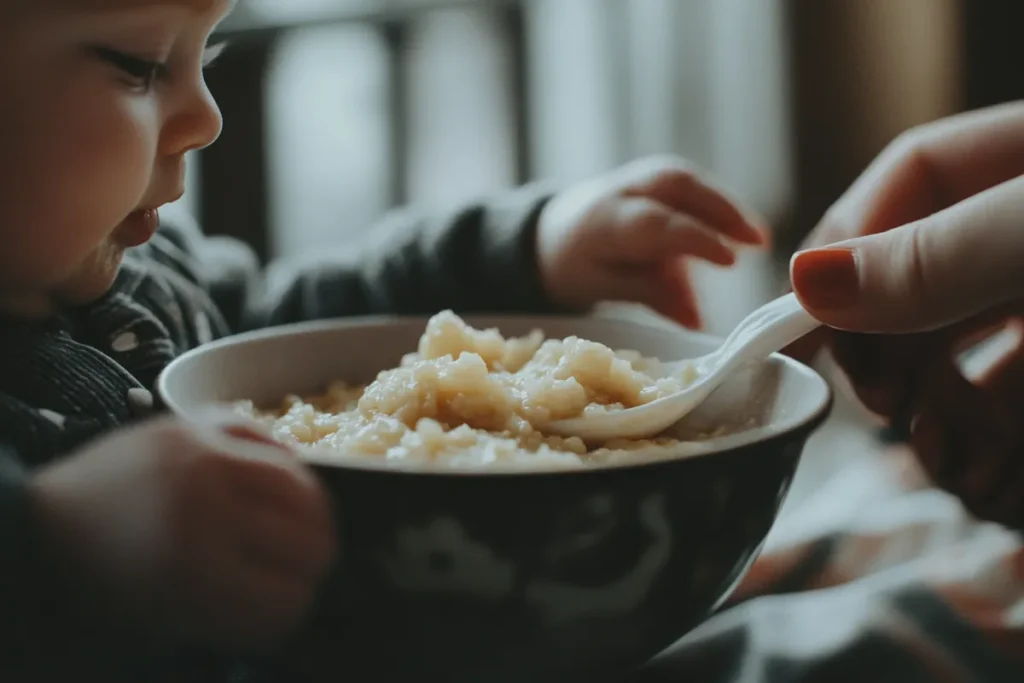
Following safe serving practices is crucial when offering first cereal. This ensures your baby eats comfortably. Therefore, it’s important to pay attention to details.
Proper Temperature
Always make sure the cereal, or first cereal, is not too hot. Test the temperature on your wrist before feeding. It should be lukewarm. Furthermore, a proper temperature helps avoid burns.
Using Baby Spoons
Use spoons designed for babies when feeding first cereal. These are small and soft. Also, they are gentle on your baby’s gums. Therefore, the feeding experience is more comfortable.
Positioning Your Baby
Make sure your baby is sitting upright when feeding first cereal. This helps prevent choking. In addition, a comfortable position is important. Moreover, a supportive seat can help.
Baby Porridge and Allergies
Allergies are a concern for parents when introducing first cereal. Be sure to introduce new foods with caution. Consequently, careful monitoring is needed.
Introducing One New Food at a Time
When introducing new foods, or first cereal ingredients, use the one-at-a-time method. This makes it easy to identify any allergens. Also, it will help you be more aware of your baby’s body reactions. Therefore, you will be ready to identify possible problems.
Common Allergy Symptoms
Be alert for symptoms such as rash, vomiting, or diarrhea after feeding your baby cereal. If you see these symptoms, stop feeding the new food. Additionally, consult your doctor. Therefore, always be prepared for the unexpected.
When to See a Doctor
If you have any concerns about allergies, see your doctor. It is better to seek medical advice right away. This helps you ensure your baby’s health. Therefore, it is always important to consult with a professional. Moreover, your doctor can offer tailored advice.
Storing Baby Porridge Properly
If you prepare infant cereal, or first cereal, in advance, store it correctly. This will maintain freshness. Therefore, proper storage practices are necessary.
Refrigerator Storage
Cereal, or first cereal, can be stored in the refrigerator for 24 hours. Always keep it in an airtight container. This keeps it fresh and safe. Moreover, use proper containers.
Freezing Baby Porridge
You can also freeze cereal, or first cereal, for up to one month. Use small freezer-safe containers or ice cube trays. Moreover, this method is good for meal prepping. Therefore, it is a convenient option.
Safe Thawing Practices
Thaw frozen cereal, or first cereal, in the refrigerator. Never refreeze thawed cereal. Moreover, ensure it is properly reheated. Therefore, thawing should be done carefully.
Advanced Tips for Baby Porridge
As your baby grows, you can adapt the infant cereal, or first cereal, recipe. Here are some tips to help enhance your cooking skills.
Adjusting Consistency
The consistency of infant cereal, or first cereal, should change as your baby develops. Initially, it should be very thin. Afterward, you can make it thicker. Therefore, it must adapt to your baby’s needs.
Adding Healthy Fats
Once your baby is older, adding healthy fats is a great idea for first cereal. A small amount of avocado or olive oil can make the cereal even more nutritious. The meal needs to evolve to give your baby the proper nutrients.
Incorporating Iron
Iron is essential for babies. Ensure your baby gets enough iron from their diet, including iron-fortified first cereal. Iron-fortified cereals are often recommended. Furthermore, iron sources are crucial for your baby’s health.
The Importance of Organic Options
When possible, choose organic grains for your cereal, or first cereal. This minimizes the intake of additives and pesticides. Additionally, this choice helps you ensure better quality.
Baby Porridge and Developmental Stages
Understanding your baby’s developmental stages helps in feeding them correctly, including when introducing first cereal. Moreover, this knowledge allows for a smoother experience.
Stage 1: First Tastes
When starting with cereal, or first cereal, the consistency should be very thin. This helps your baby get used to the new texture. In addition, keep the first taste simple and plain.
Stage 2: Exploring Textures
As your baby gets used to cereal, or first cereal, start experimenting with texture. Try making it slightly thicker. Furthermore, you can add more pureed fruit or vegetables.
Stage 3: Introducing Lumps
Gradually introduce small lumps into the cereal, or first cereal. This helps your baby get used to different textures. Consequently, it prepares them for more solid foods.
Baby Porridge and Picky Eaters
Some babies might be fussy about food, including first cereal. If your baby is a picky eater, try different approaches. Be patient and flexible, and keep offering healthy choices.
Making it Fun
Make meal times fun when offering first cereal. Use colorful bowls and spoons. Furthermore, make your baby feel comfortable. In addition, be playful and encouraging.
Trying Different Flavors
Offer a range of flavors in the first cereal. Try both sweet and savory options. Also, introduce new flavors one at a time. This allows you to find out what your baby likes.
Seeking Professional Advice
If your baby is persistently picky, especially with first cereal, seek professional advice. Your pediatrician or a dietician can help. They may offer specific strategies. Therefore, it is always good to ask for professional guidance.
Understanding Porridge Labels
If you buy store-bought cereal, or first cereal, read the labels carefully. This will ensure your baby gets the proper nutrients and no unwanted additives.
What to Avoid
Avoid cereal, or first cereal, with added sugar or salt. Also, stay away from artificial flavors or colors. In addition, be aware of any preservatives.
What to Look For
Choose cereal, or first cereal, that is fortified with iron. Look for whole grain options. Additionally, verify that it has simple and clear ingredients.
Making Informed Choices
By carefully reading labels, you make informed choices for your baby, especially when buying first cereal. This gives them the best start possible. Therefore, always pay attention to details.
Baby Porridge: A Convenient Option
Infant cereal, or first cereal, is a convenient option for busy parents. It is fast to prepare, nutritious, and loved by babies.
Quick Preparation
Cereal, or first cereal, is quick and easy to make. This makes it a great option for breakfast, lunch or dinner. Furthermore, it’s good for parents with limited time.
Nutritious and Satisfying
This type of meal, like first cereal, is rich in nutrients. It’s also satisfying for babies. Therefore, it keeps them happy and full. Additionally, cereal is an excellent choice.
A Versatile Choice
Cereal, or first cereal, can be used as a base for various flavors. It is also easy to modify according to your baby’s preferences. Therefore, it’s a flexible choice.
Additional Tips for Parents
Here are a few more tips for parents when feeding their babies first cereal. These tips will help you create a happy feeding routine.
Creating a Routine
Establishing a regular feeding routine helps your baby feel secure, especially with meals like first cereal. Also, it helps them develop good eating habits. In addition, a consistent routine is beneficial.
Being Patient
Feeding babies takes time and patience, especially with first cereal. Be understanding of your baby’s needs. Also, be flexible and allow them to explore new tastes. Moreover, patience is crucial.
Making Mealtime a Bonding Experience
Mealtime is a great opportunity to bond with your baby, especially when introducing first cereal. Make it a happy and enjoyable experience. Furthermore, connect with your little one during these moments.
Frequently Asked Questions
What type of porridge is best for babies?
Generally, single-grain cereal such as rice or oat is best for babies. This helps to identify any allergies. These cereals are gentle for little tummies. Also, they offer the needed nutrients.
Can you give normal porridge to a baby?
Most store-bought cereal is not ideal for babies. It may contain added salt or sugar. Choose plain cereals or make cereal from scratch. Therefore, you know what your baby is eating.
Is it OK to give baby porridge every day?
Yes, cereal can be a daily part of your baby’s diet. It is a good source of nutrients. However, be sure to offer other foods too. Additionally, variety is important for a balanced diet.
What is baby porridge made out of?
Cereal is often made from single grains like rice, oats, or barley. These grains are ground into a fine cereal. Then, they are mixed with water, breast milk, or formula. The basic goal is to create a smooth, safe, and tasty food for your little one.
